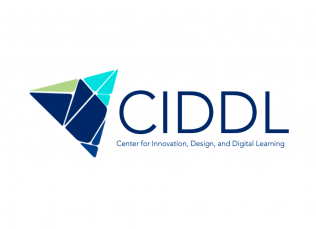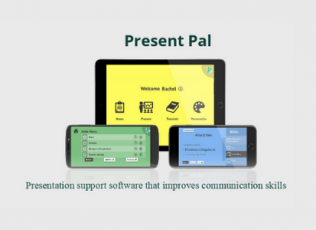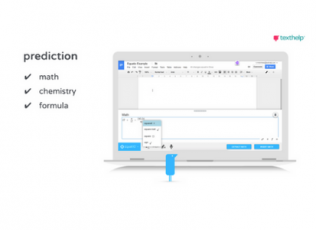
Introduction to the Center for Innovation, Design, and Digital Learning (CIDDL)
Come learn more about a new U.S. Department of Education federally funded National Center to Improve Faculty Capacity to Use Educational Technology in Special Education, Early Intervention, and Related Services Personnel Preparation and Leadership Personnel Preparation Programs.
Come learn more about a new U.S. Department of Education federally funded National Center to Improve Faculty Capacity to Use Educational Technology in Special Education, Early Intervention, and Related Services Personnel Preparation and Leadership Personnel Preparation Programs.
CIDDL is serving as the National Center to Improve Faculty Capacity to Use Educational Technology in Special Education, Early Intervention, and Related Services Personnel Preparation and Leadership Personnel Preparation Programs. We are primarily focused on the following activities:
- Increasing knowledge, adoption, and use of a range of educational technologies that can be used for educator or leadership preparation programs;
- Increasing capacity of faculty at institutions of higher education (IHE) to use a range of educational technologies in educator or leadership preparation programs;
- Sustaining professional learning networks related to educational technology in educators and leadership preparation.
Our Mission is to influence change that supports the appropriate use of educational technology in all Early Intervention/Early Childhood Special Education (EI/ECSE) and K-12 learning environments to improve outcomes for all students, especially those with disabilities.
Our Approach is to empower all (special) education faculty members to understand and utilize Universal Design for Learning (UDL), educational technology, and innovations through multiple forms and pathways of professional learning and micro-credentialing. We are committed to exploring effective ways of translating IHE faculty’s capacity of using educational technologies in educator or leadership preparation programs into improved practices to support all students.We are housed at the University of Kansas, School of Education and Human Sciences, Department of Special Education. Our lead partners include the Toni Jennings Exceptional Education Institute (TJEEI), CAST, and the Metiri Group.
Share this resource:
Posted date:
January 20, 2022



